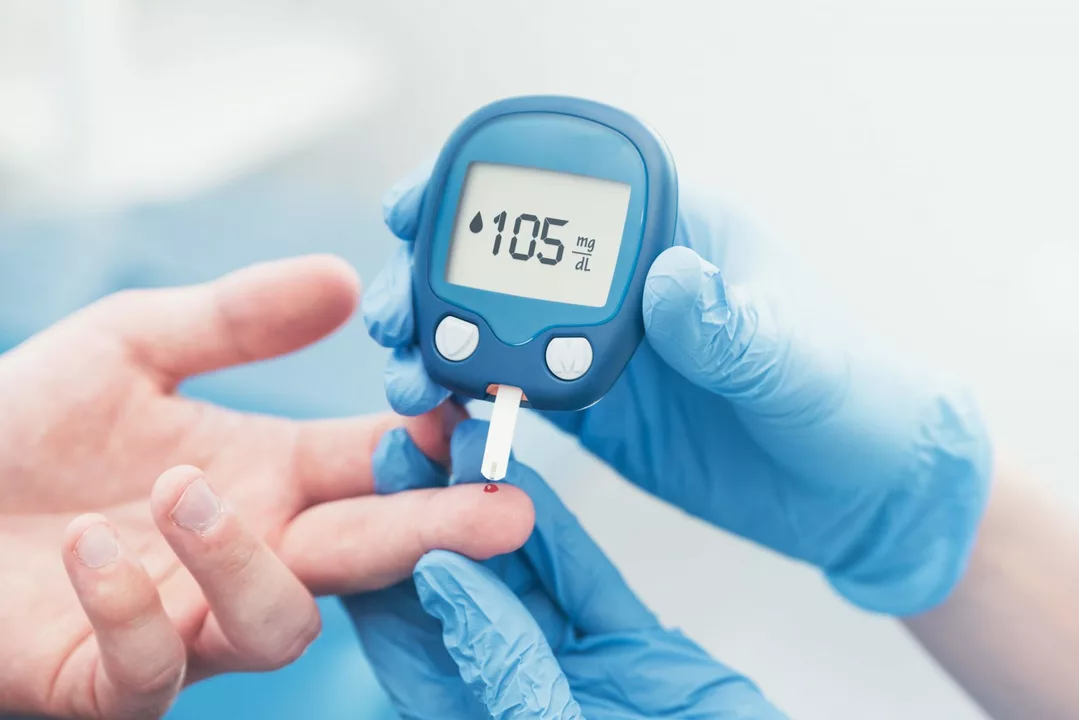Want to know which advances matter for your blood sugar and which are just hype? Recent diabetes research is focused on two things that touch daily life: better medicines that help weight and glucose, and connected tech that makes treatment less guesswork. I’ll break down what’s useful, what to watch, and how to stay safe when getting medications or trying new tools.
GLP‑1 receptor agonists (like semaglutide) and newer drugs such as tirzepatide are changing the game. They lower A1c and often lead to weight loss, which helps many people with type 2 diabetes. SGLT2 inhibitors (empagliflozin, dapagliflozin) reduce heart and kidney risks on top of lowering glucose. If your doctor mentions these, ask how they fit with your heart and kidney health—those benefits matter beyond numbers on a lab report.
Researchers are also testing therapies aimed at preserving or restoring beta‑cell function (the cells that make insulin). That’s big for early type 1 and some type 2 cases, but these approaches are still mostly in trials. If you see headlines about “cures,” treat them cautiously—real-world use takes time and more testing.
Continuous glucose monitors (CGMs) and hybrid closed‑loop insulin systems are now practical for many people. CGMs give real‑time trends so you can fix highs and lows before they become problems. Closed‑loop pumps automate insulin delivery and reduce daily burden for people on insulin. These tools don’t replace learning how foods, stress, and activity affect you, but they make adjustments faster and safer.
Trials also test digital coaching, personalized nutrition algorithms, and remote care models. The best results come when tech is paired with good coaching—devices provide data, people make better choices with it.
How do you read a diabetes study? Look for who paid for it, how many people were in the trial, how long it ran, and what exactly was measured (A1c, weight, heart events, kidney outcomes). Small, short studies show promise; large, long trials show whether a treatment really helps patients live better and longer.
One practical tip: ask your clinician if a new drug or device has proven benefits for outcomes that matter to you—fewer hypos, less time above range, fewer hospital visits—not just better lab numbers.
Finally, if you order meds online, be careful. Use licensed pharmacies, require prescriptions, check reviews, and avoid deals that look too good. Scams can sell wrong doses or counterfeit drugs. If you’re unsure, ask your pharmacist to confirm the product and packaging.
New diabetes research brings real options: better medicines, smarter tech, and more personalized care. Talk to your provider about whether a new drug, device, or trial fits your goals, and always verify where your medicines come from before you buy.

As a blogger, I cannot stress enough the importance of diabetes research and advancements. These continuous efforts not only help in understanding this complex disease better, but also pave the way for newer, more effective treatment options. The ultimate goal is to improve the quality of life for millions of people affected by diabetes worldwide. Additionally, this research can potentially lead to a cure or prevention strategies, saving countless lives in the future. I truly believe that supporting diabetes research and advancements is our collective responsibility, as it can bring about significant positive change in the lives of those affected.
Learn fast, safe ways to purchase cheap generic Bactrim online, compare prices, spot legit pharmacies, and avoid common pitfalls.
Compare Natrise (tolvaptan) with safer, cheaper alternatives for treating hyponatremia. Learn when fluid restriction, urea, or demeclocycline may be better options - and why Natrise isn't always the right choice.
A clear, evidence‑based comparison of Hoodia's oxypregnane, steroidal and glycoside forms versus top weight‑loss alternatives, covering mechanisms, safety, cost, and best‑use tips.
Taking iron supplements with levothyroxine can block thyroid hormone absorption. Learn the exact timing-four hours apart-that ensures your medication works. Real data, real strategies, no fluff.
Learn how vitamin D influences thyroid deficiency, how to test levels, proper dosing, safety tips, and monitoring for better thyroid health.